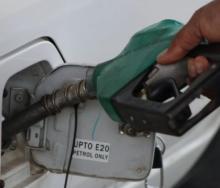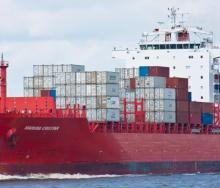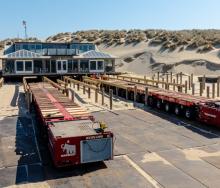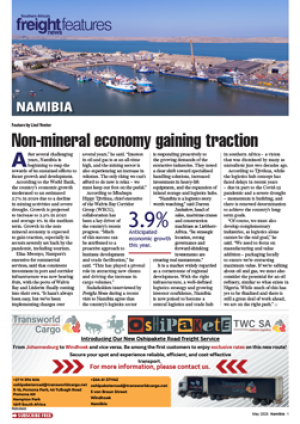If global coal export demand necessitated an increase in fossil fuel outflows through the Port of Richards Bay, Transnet would be prepared for a potential spike on the road freight side of commodity shipments to the port, the state-owned logistics company has said.
But at current market prices and because of reinstated conveyor belt capacity at the port, tipper truck build-up on the N2 north of the port and along the John Ross Highway into Richards Bay is not expected, port operations manager Sipho Ntshangase has said.
Speaking at a media briefing held by Transnet National Ports Authority (TNPA), he said the return to service earlier this year of the Grindrod conveyor belt from the back-of-port (b-o-p) coal terminal, had reduced tipper volumes.
“It managed to shift a significant number of trucks to the conveyor belt facility,” he said.
Ntshangase added that it must be remembered that the port and supporting infrastructure were never designed to handle the amount of coal loads by road experienced in 2022 and 2023, mainly because of the impact Russia's war on Ukraine had on global energy capacity.
But the effect Russian aggression and anti-Kremlin sanctions by the west had on gas supply to Europe, and how this manifested in increased demand for fossil fuel, combined with China's market volatility and its dependence on coal, has been largely impacted by extenuating market variables, resulting in a modicum of price normalisation.
“Because of the decline in coal export prices we are starting to see smoother truck-to-port flows,” Ntshangase said.
He also said that should there be a sudden spike in demand, the port’s b-o-p facility should see further conveyor belt capacity coming online towards the end of the year, through the use of two additional conveyor belts, one of them being the Foskor belt.
Port manager Dennis Mqadi said TNPA had also looked at various short- and longer-term strategies to hopefully avoid any potential for the truck snarl-ups that turned the N2 and John Ross into no-go roads at the height of Richards Bay's coal chaos.
He said a truck staging area with capacity to hold 1500 tippers is in the final stages of planning, pending environmental impact assessment dynamics.
Terminal infrastructure upgrades, which dominated discussions during the briefing, form part of port plans to beef up capacity for absorbing unforeseen commodity volume increases, Mqadi said.
He also mentioned that TNPA had identified the need for regular port preparedness updates involving all stakeholders.
“We know it’s important to communicate what we have learned from the previous two years, what we will do in technical ways to manage trucks so that we don't end up with a flood of trucks on our roads," Mqadi said.
Ntshangase, though, indicated that given improvements at the port, it is unlikely that the N2 and John Ross will become clogged up with tippers again.
As for the price of coal, this morning it was reported that futures on the global market have seen significant volatility in recent months, but overall remain elevated compared to historical levels.
The global coal price index reached 180.73 index points in April, an increase compared to previous months, data aggregator Statista has said.
“This reflects an overall increase in fuel energy prices as a growing Middle East conflict led to uncertainty on trading markets,” it said.
Barchart.com reports that intercontinental exchange futures for “Richards Bay Coal” is “currently trading at $102.10 per tonne, down 1.35% from the previous day (July 16)”.
“Over the past one-month, three-month, and 52-week periods, the contract has seen price swings of between $90.55 and $139.65 per tonne.”
Statista said: “In terms of demand, China remains the world's largest consumer of coal, accounting for the majority of its domestic production. However, major importers like Japan, South Korea and Germany also rely heavily on coal for electricity and heat generation.
“The Russia-Ukraine war has disrupted global coal trade flows, with Indonesia, Australia, and Russia as the top exporting countries. This has led to increased demand and higher prices in some markets.”













